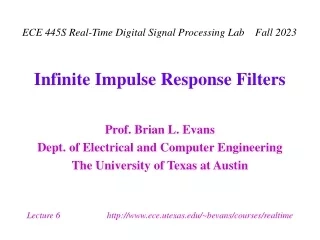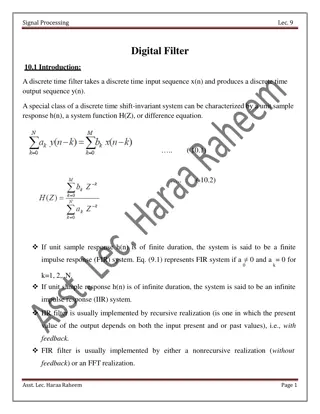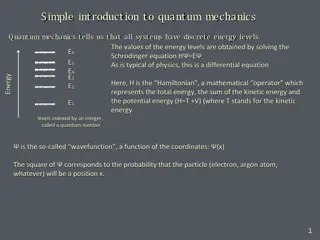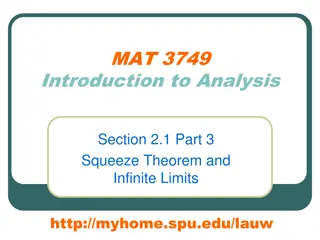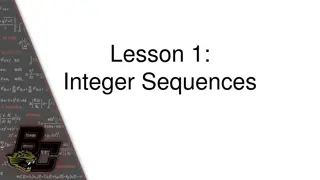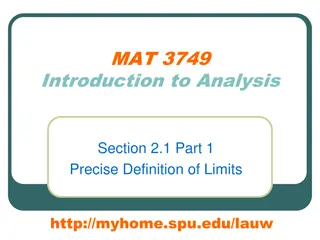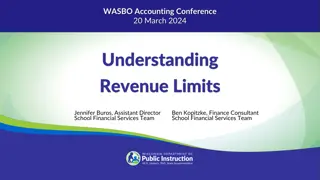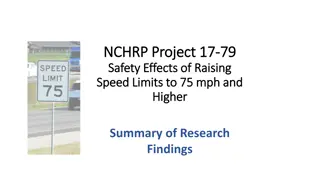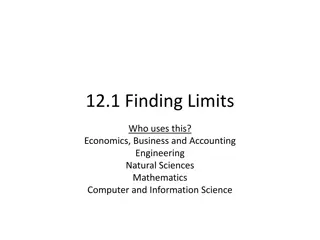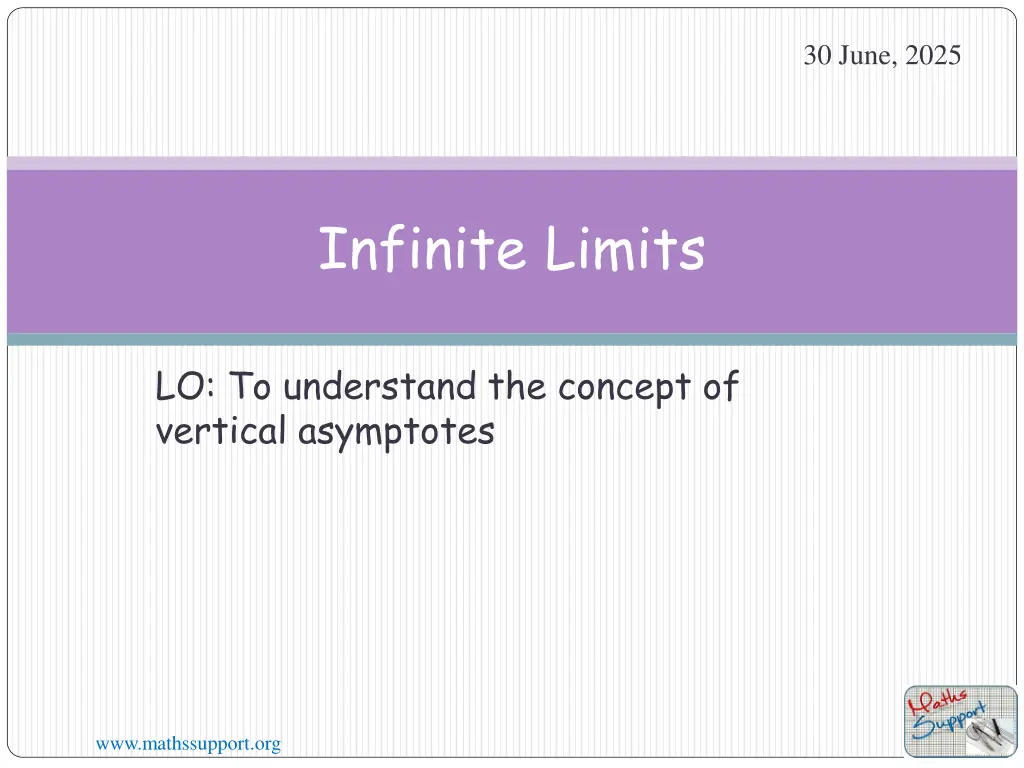
Understanding Vertical Asymptotes in Calculus
Learn about vertical asymptotes in calculus, where a function is undefined and its limit does not exist. Explore examples and definitions to grasp this fundamental concept in calculus.
Download Presentation

Please find below an Image/Link to download the presentation.
The content on the website is provided AS IS for your information and personal use only. It may not be sold, licensed, or shared on other websites without obtaining consent from the author. If you encounter any issues during the download, it is possible that the publisher has removed the file from their server.
You are allowed to download the files provided on this website for personal or commercial use, subject to the condition that they are used lawfully. All files are the property of their respective owners.
The content on the website is provided AS IS for your information and personal use only. It may not be sold, licensed, or shared on other websites without obtaining consent from the author.
E N D
Presentation Transcript
30 June, 2025 Infinite Limits LO: To understand the concept of vertical asymptotes www.mathssupport.org
Infinite limits What is a vertical asymptote in calculus? The vertical asymptote is a place where the function is undefined, and the limit of the function does not exist. On the graph of a function f(x), a vertical asymptote occurs at a point P = (x0, y0) if the limit of the function approaches or as x x0. For a more rigorous definition, James Stewart s, Calculus, 6th edition, gives us the following: www.mathssupport.org
Infinite limits The line x = a is called a vertical asymptote of the curve y = f(x) if at least one of the following statements is true: lim ? ?? ? = lim ? ?? ? = lim ? ?+? ? = lim ? ?+? ? = lim ? ? ? ? = lim ? ? ? ? = In the above definition, the superscript + denotes the right-hand limit of f(x) as x a, and the superscript denotes the left-hand limit of f(x) as x a. www.mathssupport.org
Infinite limits Consider the function ? ? =1 find Example 1: lim ? 0?(?) ? =1 1 ? Plug in the value of x. Step 1: lim ? 0 It is undefined 0 Factor, rationalize or rewrite the function then simplify if possible Step 2: It is not possible Step 3: Use another method to confirm non-existence of the limit value of x If we sketch the graph of. ? ? =1 ? What do you notice? As x is approaching 0 from the left y is going to - = - lim ? 0 ?(?) As x is approaching 0 from the right y is going to + 0 lim ? 0+?(?) = www.mathssupport.org
Infinite limits Consider the function ? ? =1 find Example 1: lim ? 0?(?) ? =1 1 ? Plug in the value of x. Factor, rationalize or rewrite the function then simplify if possible It is not possible Step 1: Step 2: It is undefined lim ? 0 0 Step 3: Use another method to confirm non-existence of the limit value of x In this case, two of our statements from the definition are true: lim ? ?+? ? = lim ? ? ? ? = Therefore, we say that: has a vertical asymptote at x = 0. You have a vertical asymptote in f(x), if for some x = a, lim ? ?? ? = ? ? =1 0 ? www.mathssupport.org
Infinite limits Example 1: Evaluate each of the following limits. ? 0+=6 ?2 Let s start off by looking at the two one-sided limits. Once we have those, we ll be able to determine a value for the both-sides limit. Let s take a look at the right-hand limit first (a) (b) (c) ? 0 =6 ? 0=6 lim lim = lim ?2 ?2 x ? ?? From this table we can see that as we make xsmaller and smaller the function So, a positive constant divided by an increasingly small positive number. The result should then be an increasingly large positive number It looks like we should have the following value for the right-hand limit in this case 0.1 0.01 0.001 0.0001 600 60000 6 ?2gets larger and larger 6000000 60000000 ? 0+=6 ?2= lim www.mathssupport.org
Infinite limits Example 1: Evaluate each of the following limits. ? 0+=6 ?2 Let s start off by looking at the two one-sided limits. Once we have those, we ll be able to determine a value for the both-sides limit. Now, let s take a look at the left-hand limit. In this case we re going to take smaller and smaller values of x , while staying negative this time (a) (b) (c) ? 0 =6 ? 0=6 lim lim = = lim ?2 ?2 x ? ?? -0.1 -0.01 -0.001 -0.0001 600 60000 From this table we can see that as we make xcloser and closer to zero the function The result, as with the right-hand limit, will be an increasingly large positive number and so the left-hand limit will be, 6 ?2gets larger and larger 6000000 60000000 ? 0 =6 ?2= lim www.mathssupport.org
Infinite limits Example 1: Evaluate each of the following limits. ? 0+=6 ?2 Let s start off by looking at the two one-sided limits. Once we have those, we ll be able to determine a value for the both-sides limit. Now, let s take a look at the both-sides limit Since the two one-sided limits both exist and have the same value (a) (b) (c) ? 0 =6 ? 0=6 lim lim = = = lim ?2 ?2 The both-sides limit will exist, and it is infinity So, in summary these are all the limits for this example as well as a quick graph verifying the limits. www.mathssupport.org
Thank you for using resources from A close up of a cage Description automatically generated For more resources visit our website https://www.mathssupport.org If you have a special request, drop us an email info@mathssupport.org www.mathssupport.org

